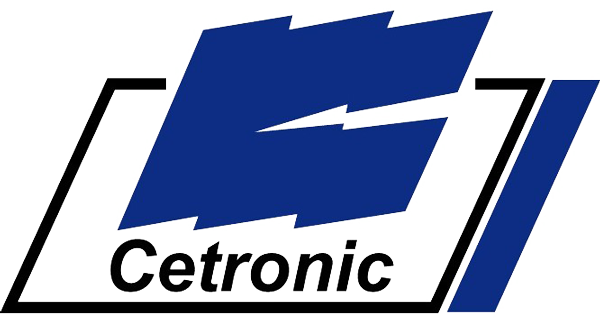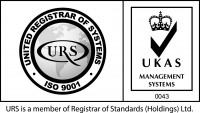Offline/ Standby Technology
An offline/ standby UPS provides very basic protection against power problems. AC mains power passes straight through the UPS and only has RFI filtering and limited spike protection.
In the event of a power failure the (battery powered) inverter starts providing power to the load. When mains power returns the load is switched back to the mains supply and the inverter shuts down. There is a few milliseconds break in power during transfer to/ from the inverter.
The output waveform when operating on inverter power is invariably a square wave or stepped sine wave output.
Offline units typically have power ratings from 250VA to 2kVA. They often have limited communications capability and whilst relatively inexpensive are normally recommended for a single PC/ workstation type application.
Line-Interactive Technology
A Line-Interactive UPS provides improved power protection compared to an offline UPS. However, it does not provide protection against all power problems.
This UPS works in a similar way to an off-line UPS but has superior spike protection. They have a wider tolerance to voltage variations due to the incorporation of a voltage trimming transformer. This transformer increases or decreases the voltage to the load when the incoming mains voltage is low or high and prevents the UPS switching to battery power and draining the batteries.
In the event of a power failure the inverter starts up and provides power as described in an offline system.
The output waveform on a line interactive UPS is normally a sine wave.
Some manufacturers offer a range of battery packs which extend the back-up time from a few minutes to several hours. However, the battery charger in these UPS systems is often limited and may not be large enough to re-charge the batteries.
Power ratings are typically from 400VA to 3kVA and can be offered in either a stand-alone (tower) or 19” rack-mounted format. An RS232 communications port for use with SNMP/ server shutdown software is normally standard on these systems.
On-Line/ Double Conversion Technology
On-line/ double conversion UPS technology provides the highest levels of power protection from mains-borne power problems and is often regarded as the most dependable type of technology.
The UPS converts mains AC power to DC, providing power to the battery and the inverter, which converts the DC back to AC and provides a clean, regulated and conditioned AC output to the protected load. The battery is always in circuit and therefore when a mains failure occurs the battery carries on supplying power to the inverter. There is no-break in the supply to the load and no switching is involved.
An automatic bypass circuit is incorporated into the UPS which provides AC mains to the load should the UPS be overloaded or in the unlikely event of an internal fault.
Power ratings are typically from 700VA to 800kVA in single module and many have parallel and N+1 capability. Battery extension packs are available to extend the back-up time from a few minutes to a many hours. RS232 communications ports for use with SNMP/ server shutdown software along with Emergency Power Off (EPO) capability are often standard on these systems.
Which technology should I choose?
Depending upon the size of the load and the battery back-up time required our general philosophy is:
• If you are not suffering from day to day power problems but are really concerned about a power failure, then a line-interactive UPS will be fine.
• If you are suffering from power problems, go for an on-line UPS.
• If you intend to power the UPS from a generator, go for an on-line UPS.
If you are still unsure of what to use contact us now.





